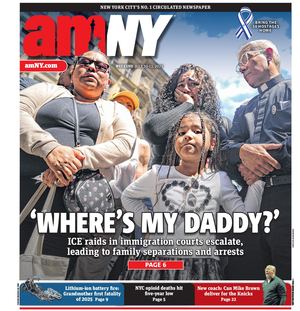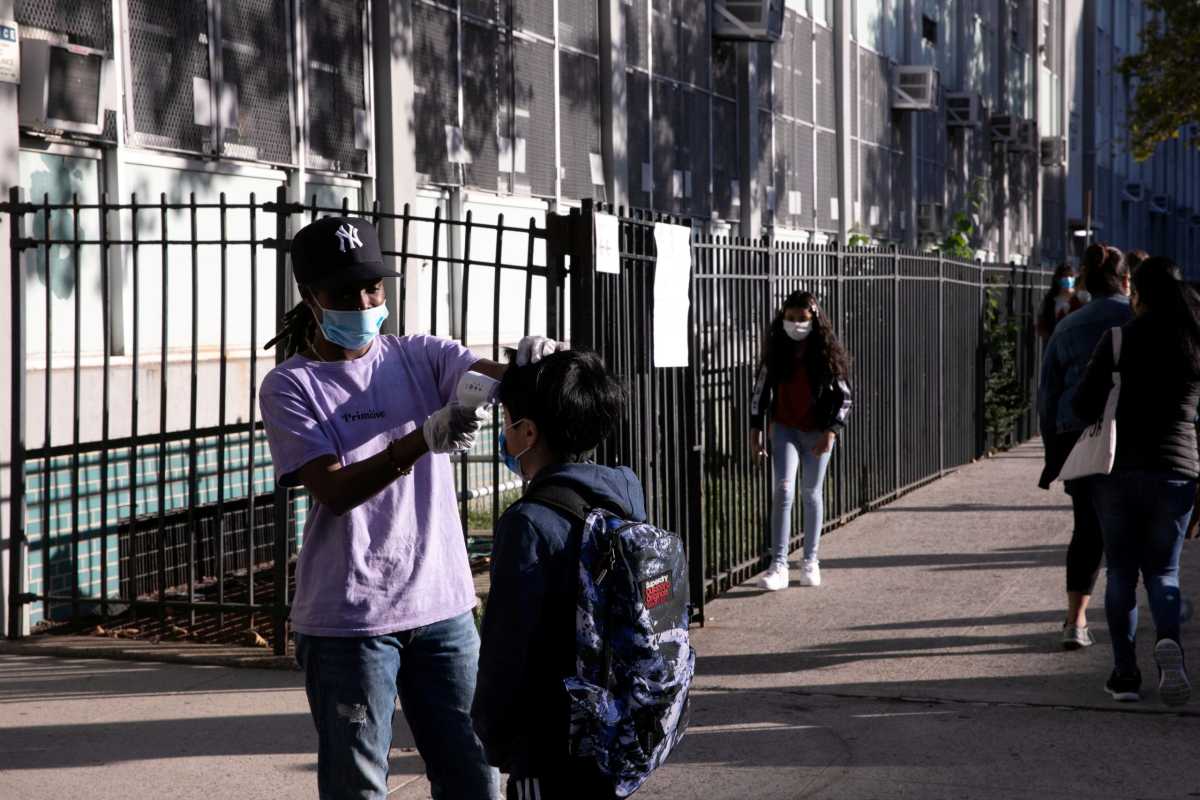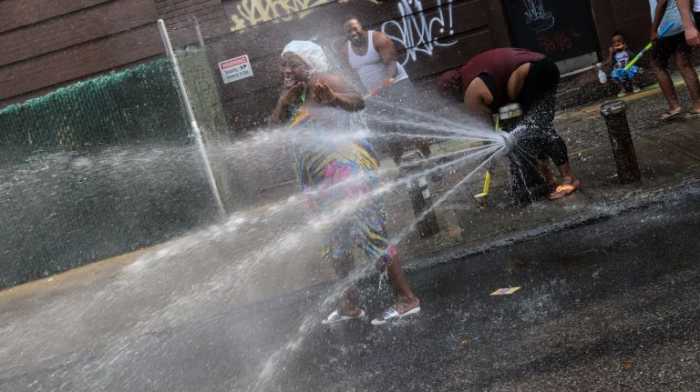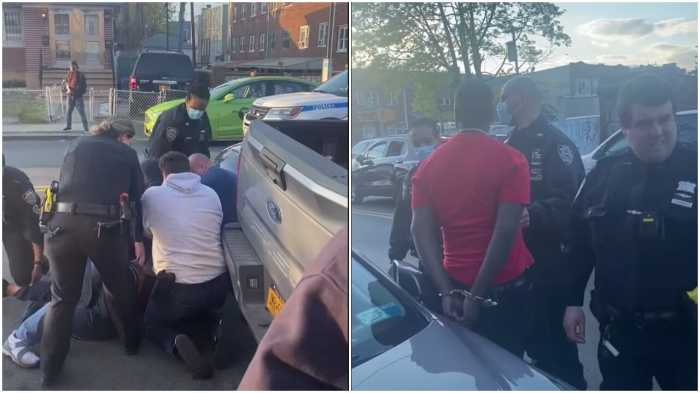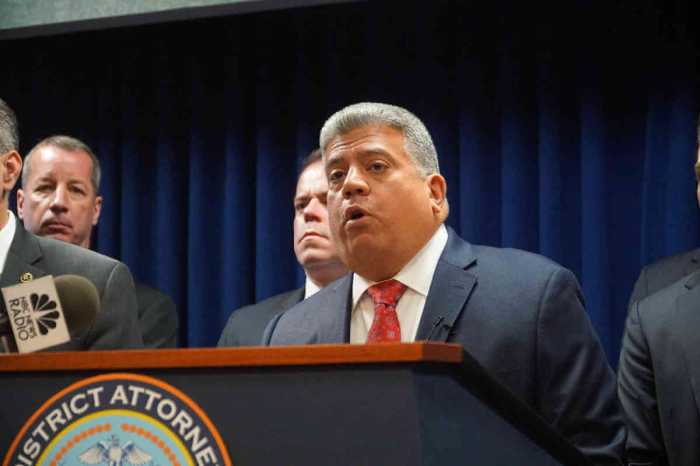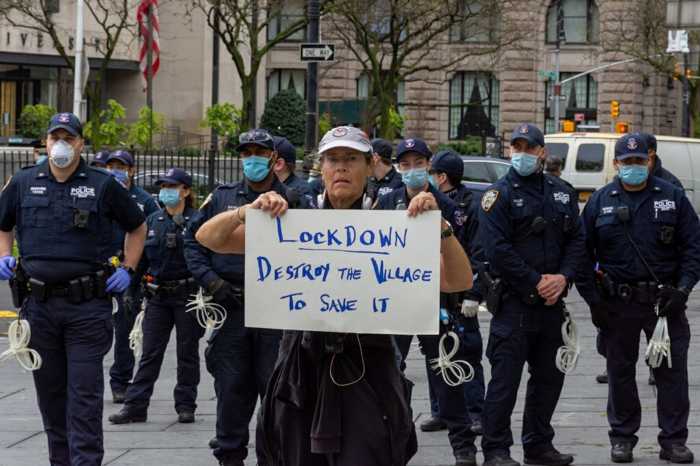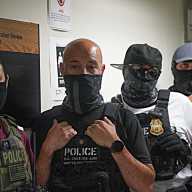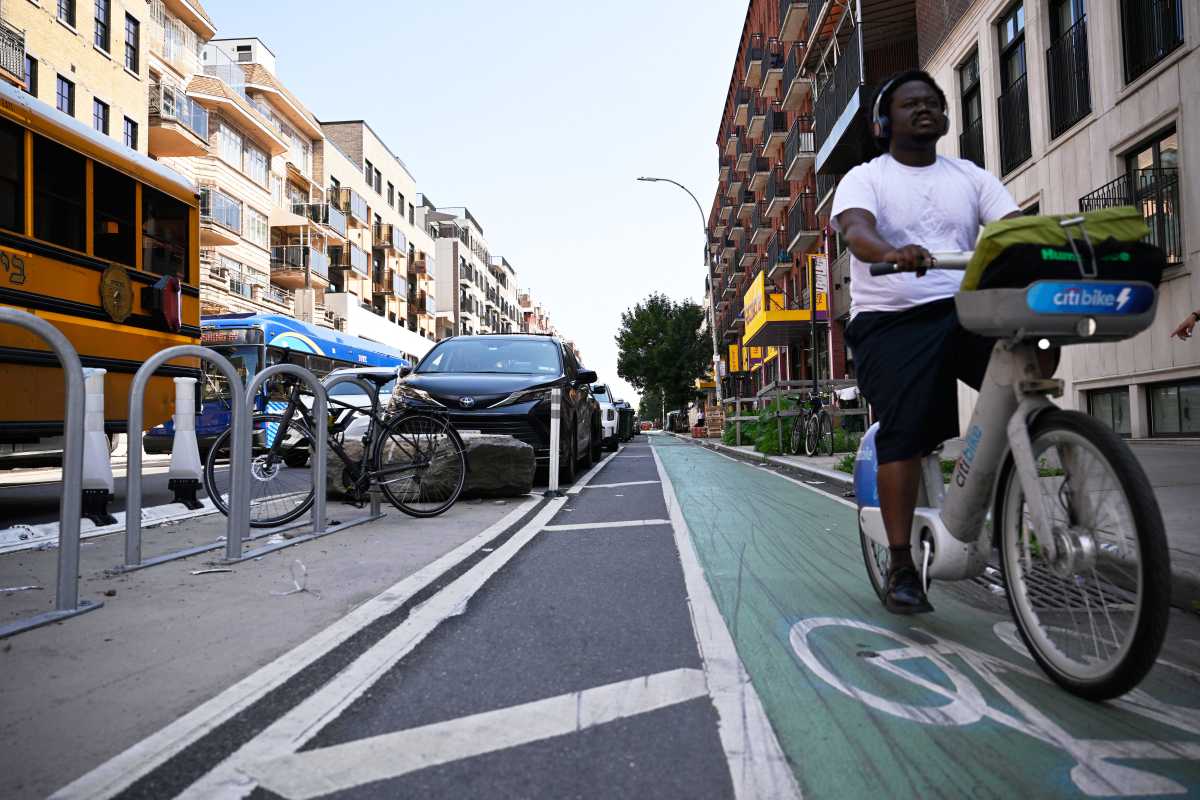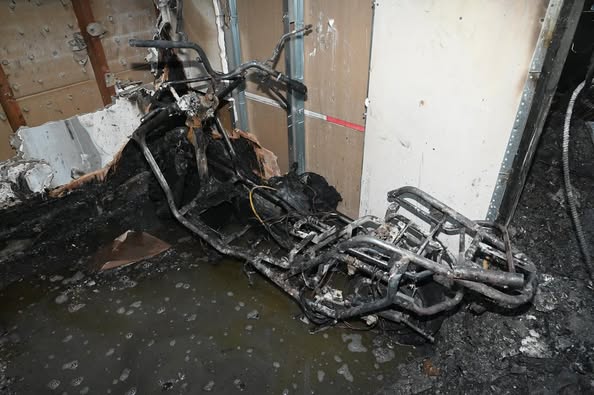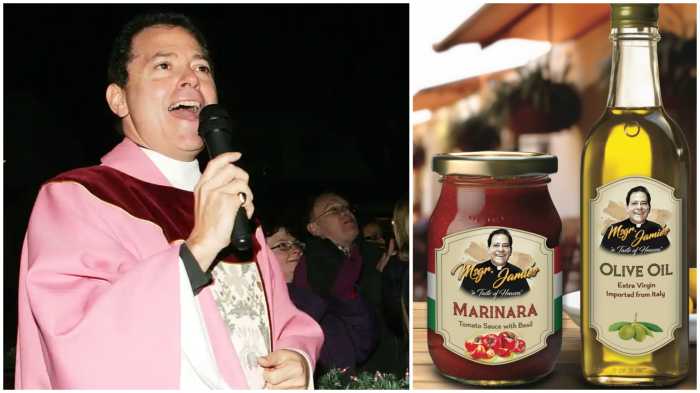The recent surge in COVID-19 cases in New York City is apparently concentrated within three clusters encompassing 12 ZIP codes of Brooklyn and Queens.
Left unchecked, officials fear these hot zones will eventually metastasize into community spread — and trigger another widespread, devastating outbreak across the city.
The positivity rates, while moderately low, are no less high enough to trigger great concern. The 12 ZIP codes, which are experiencing positivity rates above 3%, account for 9% of the city’s population, but also 30% of the newest COVID-19 cases over the past week, according to the city’s Department of Health and Mental Hygiene.
Over the past week, the city’s Health Department has dispatched the Test & Trace Corps into these neighborhoods to help track the spread of COVID-19 and provide masks, hand sanitizers and literature to residents to help protect them.
Still, pandemic life goes on in these communities unabated. No business or major school closures have been ordered just yet, but if the upward trend continues, officials may not have much of a choice but to order shutdowns.
On Friday, the Health Department issued a new order which gives city agencies greater authority to close businesses found to be in violation of state and city COVID-19 health mandates related to mask-wearing, social distancing and capacity.
Here’s an update on the most recent numbers, published by the Health Department at 4:53 p.m. on Oct. 3, and the situation in the three clusters:
Positivity rate
The 7-day average positivity rate in the hot zones is 5.72%, which is nearly four times higher than the citywide positivity average of 1.42%. Remove the 12 troubled areas from the equation, and the citywide infection rate drops down to 1.05%. These numbers are down slightly from Oct. 2.
Far Rockaway
Located on the southeastern most point of New York City and straddling the Nassau County line, the Far Rockaway ZIP code, 11691, is home to about 67,000 people. The 14-day positivity rate for Far Rockaway, as of Oct. 3, was 5.13% — that’s up 0.33% from Oct. 2.
The city’s Health Department reported that the case growth in Far Rockaway was about 3.92 times the citywide rate.
Southern Brooklyn
Seven different ZIP codes comprise the Southern Brooklyn COVID-19 cluster; more than 555,000 New Yorkers live in these areas, many of which are densely populated with apartment buildings. Throughout the cluster, the case growth has been about 1.63 times the citywide rate, the Health Department reported.
- 11235 includes the communities of Brighton Beach, Manhattan Beach and Sheepshead Bay, an area home to about 79,000 New Yorkers. The 14-day positivity rate there, as of Saturday, was 3.76%, up 0.15% from the previous day.
- 11223 includes the areas of Gravesend and Homecrest, where about 78,000 people live. On Oct. 3, the 14-day positivity rate was 7.34%, up 0.30% in just 24 hours.
- 11230 encompasses Midwood, where over 86,000 people reside. The 14-day positivity rate there, as reported on Oct. 3, was 6.67%, up 0.17% from Friday’s total.
- 11219 is located entirely within Borough Park, home to more than 92,000 people. The 14-day positivity rate jumped on Saturday to 7.79%, still the highest in the city, an increase of 0.27% from Friday.
- 11204 includes the neighborhoods of Bensonhurst and Mapleton, where more than 78,000 people reside. The 14-day positivity rate nudged upward on Oct. 3 to 6.48%, an increase of just 0.02% from the previous day.
- 11229 includes the areas of Gerritsen Beach, Homecrest and Sheepshead Bay, where over 80,000 people live. The 14-day positivity rate, as of Oct. 3, was 4.39%, a slight decrease of 0.03% from Friday.
- 11210 includes Flatlands and Midwood, home to 62,000 residents. The 14-day positivity rate on Saturday was 5.42%, an increase of 0.14% in just 24 hours.
Central Queens
Four ZIP codes with infection rates above 3% are located within the Central Queens cluster. The Health Department reported that the case growth there is about 1.92 times the citywide rate.
- 11366 includes the Fresh Meadows and Hillcrest communities, where the population is just over 13,000. The 14-day positivity rate on Saturday was 3.07%, a very slight decrease of 0.01% from Friday.
- 11374 encompasses the community of Rego Park, where more than 43,000 reside — the most densely populated area of the cluster. The 14-day positivity rate had been going up all week; as of Saturday, it stood at 3.20%, a 0.14% drop in just 24 hours.
- 11415 represents Kew Gardens, just under 20,000 live. The 14-day positivity rate went down to 4.03% on Saturday, a 0.42% increase from Friday’s total.
- 11367 includes the areas of Kew Gardens Hills and Pomonok, where 41,000 people reside. The 14-day positivity rate increased on Oct. 3 to 3.68%, down 0.04% in a day.
Areas to Watch
The Health Department also identified several other areas of Brooklyn and Queens that currently have positivity rates of under 3%. In recent days, the Health Department has seen rapid spread of COVID-19 in these communities.
The good news on Saturday was that these areas either held flat or saw a decrease in COVID-19 cases.
Three ZIP codes in northern Brooklyn have already been identified by the Williamsburg cluster by the city’s Health Department. In these communities, the case growth is 2.69 times the citywide rate.
- The 11211 and 11249 ZIP codes include East Williamsburg and Williamsburg, where more than 90,000 people live. The 14-day positivity rate on Oct. 3 was 1.91% — no change from the Oct. 2 total.
- The 11205 ZIP code includes the areas of Bedford-Stuyvesant, Clinton Hill and Fort Greene, where 40,000 people reside. The 14-day positivity rate on Saturday grew to 1.97%, down 0.08%.
Other areas of concern include the following:
- Brooklyn’s 11234 ZIP code, which includes Bergen Beach, Flatlands, Marine Park and Mill Basin, home to more than 87,000 people. The 14-day positivity rate grew to 2.26% on Oct. 3, down 0.08%
- Brooklyn’s 11218 ZIP code, which includes Kensington and Windsor Terrace, an area home to over 75,000 people. The 14-day positivity rate was 2.72%, down 0.01% from Oct. 2.
- Brooklyn’s 11213 ZIP code, which includes Crown Heights, home to 63,000 people. On Saturday, the 14-day positivity rate was 2.18%, down 0.01% from the previous day.
- Queens’ 11432 ZIP code, which includes Hillcrest, Jamaica Estates and Jamaica Hills, where more than 60,000 people live. The 14-day positivity rate on Oct. 3 was 2.39%, down 0.08%.
- Queens’ 11365 ZIP code, which includes Auburndale, Fresh Meadows, Pomonok and Utopia, home to more than 42,000 people. The 14-day positivity rate was 1.98%, which was down 0.23% from Oct. 2’s total.
Sources: NYC Department of Health and Mental Hygiene and U.S. Census Bureau.
This story was updated on Oct. 4 at 11 a.m.
